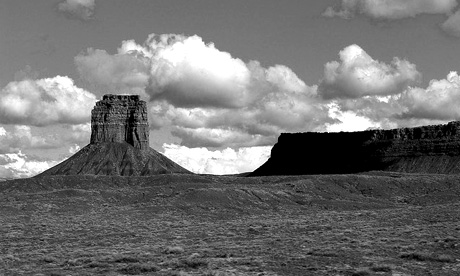
Some people are born travellers, and others have travel thrust upon them; for DH Lawrence, the truth lay somewhere in between
His restless mind searched out novel experiences and stimulating companions, it’s true. But long before the scandal caused by Lady Chatterley’s Lover erupted, Lawrence’s writing – and his choice of a German bride – brought opprobrium in England, leading to a long exile and extensive travels.
Overshadowed by his powerful, often controversial novels, plays and poetry, Lawrence’s travel writing was nonetheless striking and innovative, more often musing on themes of race, identity and mythology than mere description of destinations.Having followed Frieda – then married to Lawrence’s professor – to Germany in 1912, the couple made their way south over the Alps into Italy, a sojourn which inspired his first travel book, Twilight in Italy, published in 1916.
After the First World War, Lawrence and Frieda travelled down through Italy to Sicily before heading to Sri Lanka (Ceylon, as it was then) and Australia, where he wrote Kangaroo.
However, it was North America that made arguably the greatest impression on the writer. His stays in the US south-west and a small adobe house in Oaxaca inspired the novel The Plumed Serpent and the series of essays comprising Mornings in Mexico, in which he espoused his views on Zapotec locals, describing his relationship with his mozo (servant) Rosalino: he saw them as both mystics and innocents, a lower race to be mastered and creatures of spirit and nature to be envied.
But perhaps his most memorable insights strike a chord with us still today: while watching the Snake Dance of the Hopi in New Mexico, Lawrence documented the voyeurism of the spectators, at once condescending and accepting of his place among them: ‘Three thousand people came to see the little snake dance this year, over miles of desert and bumps. Three thousand, of all sorts, cultured people from New York, Californians, onward-pressing tourists, cowboys, Navajo Indians, even negroes ... What had they come for? Mostly to see men hold live rattlesnakes in their mouths ... People trail hundreds of miles, avidly, to see this circus-performance of men handling live rattlesnakes that may bite them any minute – even do bite them. Some show, that!’